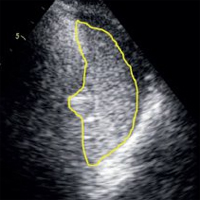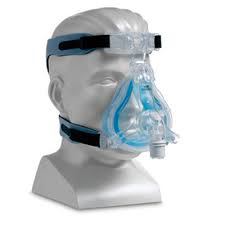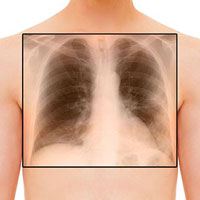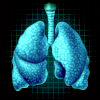Tag: PEEP

Ultrasound-guided Mechanical Ventilation
Point-of-care ultrasound (POCUS) is now a tool used worldwide, integrating clinical assessment of the critically ill. In this review, we focus on lung, diaphragm and cardiac ultrasound in the management of the mechanically... read more

Bi-level Ventilation: Who Needs it and Who Doesn't?
Bi-level ventilation is commonly used in patients with respiratory failure in the emergency department. This is a brief review of the indications for bi-level ventilation as well as a review of the complications of this popular... read more

Mechanical Ventilation: Which Patients Benefit from High PEEP?
Among patients with hypoxaemia after cardiac surgery, the use of an intensive alveolar recruitment strategy compared with a moderate recruitment strategy resulted in less severe pulmonary complications during the hospital... read more

Opening pressures and atelectrauma in ARDS
Data show that the prerequisites of the open lung strategy are not satisfied using PEEP up to 15 cmH2O and plateau pressure up to 30 cmH2O. For an effective open lung strategy, higher pressures are required. Therefore,... read more

Patients want to be heard loud and clear!
We congratulate ten Hoorn et al. on their systematic review of communication with ICU patients. Their work in defining an algorithm to assist improving communication options for these patients addresses a clear gap in patient-centred... read more

Potentially modifiable factors contributing to outcome from acute respiratory distress syndrome
Higher PEEP, lower peak, plateau, and driving pressures, and lower respiratory rate are associated with improved survival from ARDS.... read more

Limited predictability of maximal muscular pressure using the difference between peak airway pressure and positive end-expiratory pressure during proportional assist ventilation (PAV)
Deducing maximal muscular pressure from ΔP during PAV has limited accuracy. The extrapolated pressure time product from ΔP is usually less than the pressure time product calculated from oesophageal pressure tracing.... read more

Potentially modifiable factors contributing to outcome from acute respiratory distress syndrome: the LUNG SAFE study
Higher PEEP, lower peak, plateau, and driving pressures, and lower respiratory rate are associated with improved survival from ARDS.... read more








